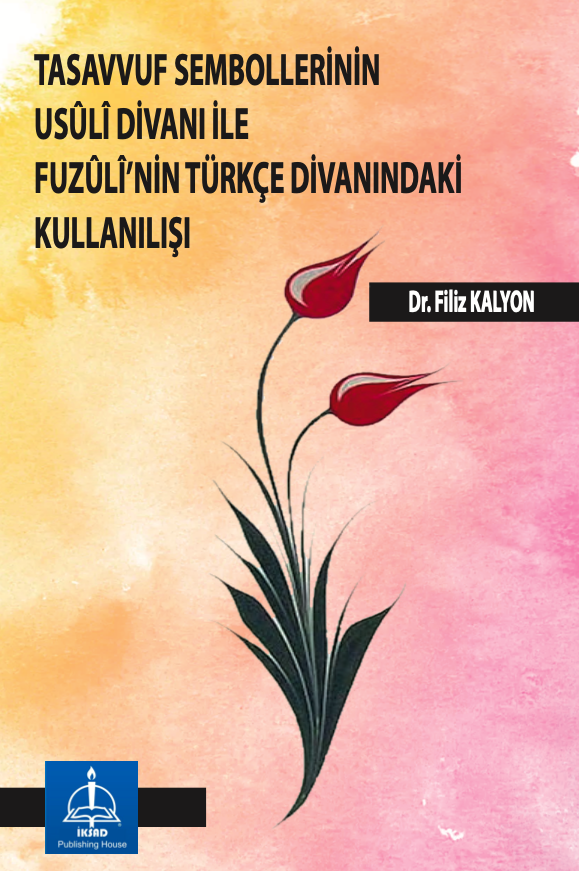Rauf is one of the names given to Allah in Islam and has deep spiritual significance. The name Rauf comes from the Arabic root word “rafaa” which means mercy, compassion, and kindness. It is also associated with forgiveness and tender-heartedness. In Islamic tradition, Rauf is considered one of the many beautiful attributes of Allah and represents His limitless love and compassion towards His creation.
The name Rauf is mentioned in the Quran in multiple verses, emphasizing the compassionate nature of Allah. It is believed that Allah’s mercy and compassion are boundless and extend to all aspects of creation, including human beings, animals, and the natural world. Rauf is often seen as a comforting and soothing presence, who responds to the prayers and needs of His believers.
The concept of Rauf is central to the teachings of Islam and serves as a reminder for believers to show mercy and compassion towards others. It teaches believers to emulate the qualities of Allah by being forgiving, kind, and benevolent to those around them. The name Rauf serves as a constant reminder of the importance of mercy and kindness in Islam.
The practice of invoking the Rauf esma is common among Muslims, particularly during times of distress or when seeking Allah’s assistance. By reciting this name, believers seek solace in Allah’s compassionate nature and request His mercy and forgiveness. It is believed that Allah, in His infinite mercy, hears and responds to the prayers of His servants.
In conclusion, the Rauf esma holds great significance in Islamic theology. It reinforces the concept of Allah’s limitless love and compassion towards His creation and serves as a reminder of the importance of mercy and kindness in the lives of believers. The name Rauf is frequently invoked in prayers, symbolizing a plea for Allah’s mercy and forgiveness in times of need.
Rauf Allahın ismi mi?
Rauf ismi, Kuran’da geçen ve Allah’ın sıfatlarından biri olan “Rauf” (çok merhametli) kelimesiyle bağlantılıdır. (Bakara 143, Tevbe 117 vs) Bu bağlamda, isim Kuran’da yer alır ve dini bir öneme sahiptir.
Rauf ne anlama gelir?
Sözlükte “şefkat ve merhamet etmek” mânasındaki re’fet kökünden türeyen raûf kelimesi “kalbi dayanamayacak derecede merhametli” demektir. Dil âlimleri re’fetin rahmetten daha güçlü bir şefkat duygusunu ifade ettiğini belirtir.
Rauf zikri nasıl çekilir?
– 5 vakit namaz kılındıktan sonra 287 kere “Ya Rauf Celle Celalühü” zikrine devam edilen kişinin kalbi şefkat ile dolar, hareketleri düzelir ve herkes tarafından sevilir. – El Rauf ismi kalbinde şevkat, merhamet içinde insanı olan duyguların yerleşmesi için “Ya Rauf Celle Celalühü” diyerek 286 kere okunur.17 Nis 2020
Rauf ne demek manası?
Sözlükte “şefkat ve merhamet etmek” mânasındaki re’fet kökünden türeyen raûf kelimesi “kalbi dayanamayacak derecede merhametli” demektir. Dil âlimleri re’fetin rahmetten daha güçlü bir şefkat duygusunu ifade ettiğini belirtir.
Tasavvuf hareketi ne ile başlamıştır?
Peygamber ile başlayan tasavvuf, İslam’ın ilk zamanlarında be- lirmeye başlayan siyasal ve toplumsal değişimlere pasif bir tepki olarak önce zühdî hayat tarzı şeklinde kendini gösterir. Bu zühdî tepki bütün Emevî Dönemi (H.41-133/M. 661-750) boyunca devam eder (Ocak 2003: 267).

Tasavvufun ilk kurucusu kimdir?
Tasavvufi Halk Edebiyatı (Tekke Edebiyatı) Anadolu’da 13.yüzyıldan sonra yayılmaya başlamıştır. Kurucusu 12.yüzyılda Türkistan’da yaşayan Ahmet Yesevi’dir.
Tasavvuf ilk ne zaman ortaya çıktı?
Tasavvufun H.2/M.8. yüzyılda başladığı kabul edilir. Daha sonra geniş çevrelere yayılarak Basra, Küfe, Bağdat ve diğer şehirlerde Bayezid-i Bistamî (Ö. H.262/M.875), Cüneyd-i Bağdadî (Ö. H.297/M.909) ve Hallac-ı Mansur (Ö.

Tasavvuf kiminle başlamıştır?
Tasavvuf edebiyatı ise tasavvufla uğraşan kişilerin ortaya koyduğu ürünleri kapsayan edebiyat türüdür. Halk edebiyatının “tasavvufi halk edebiyatı” türü 12. yüzyılda Ahmed Yesevi ile başladı. Konusu Allah’a ulaşmanın yolları, ahlak ve nefsin terbiyesidir. Anadolu’nun bu alandaki ilk ve en ünlü şairi Yunus Emre’dir.
